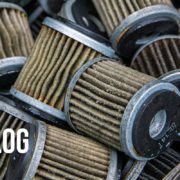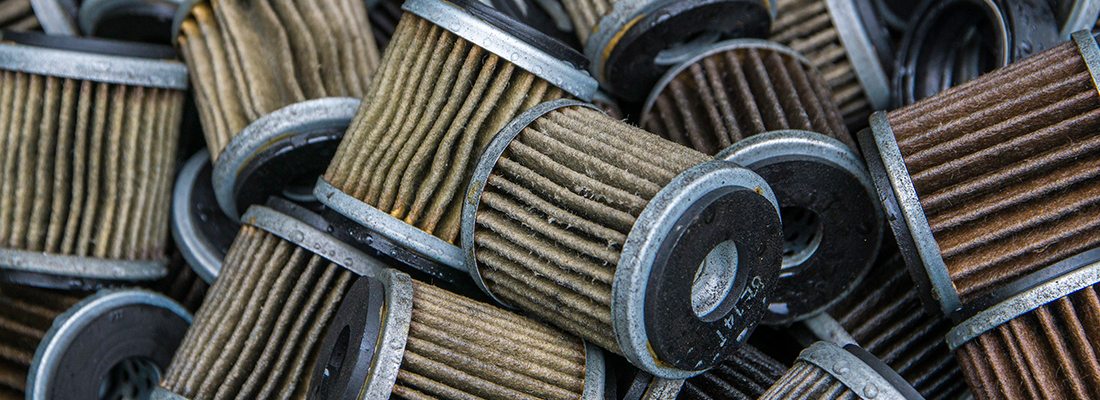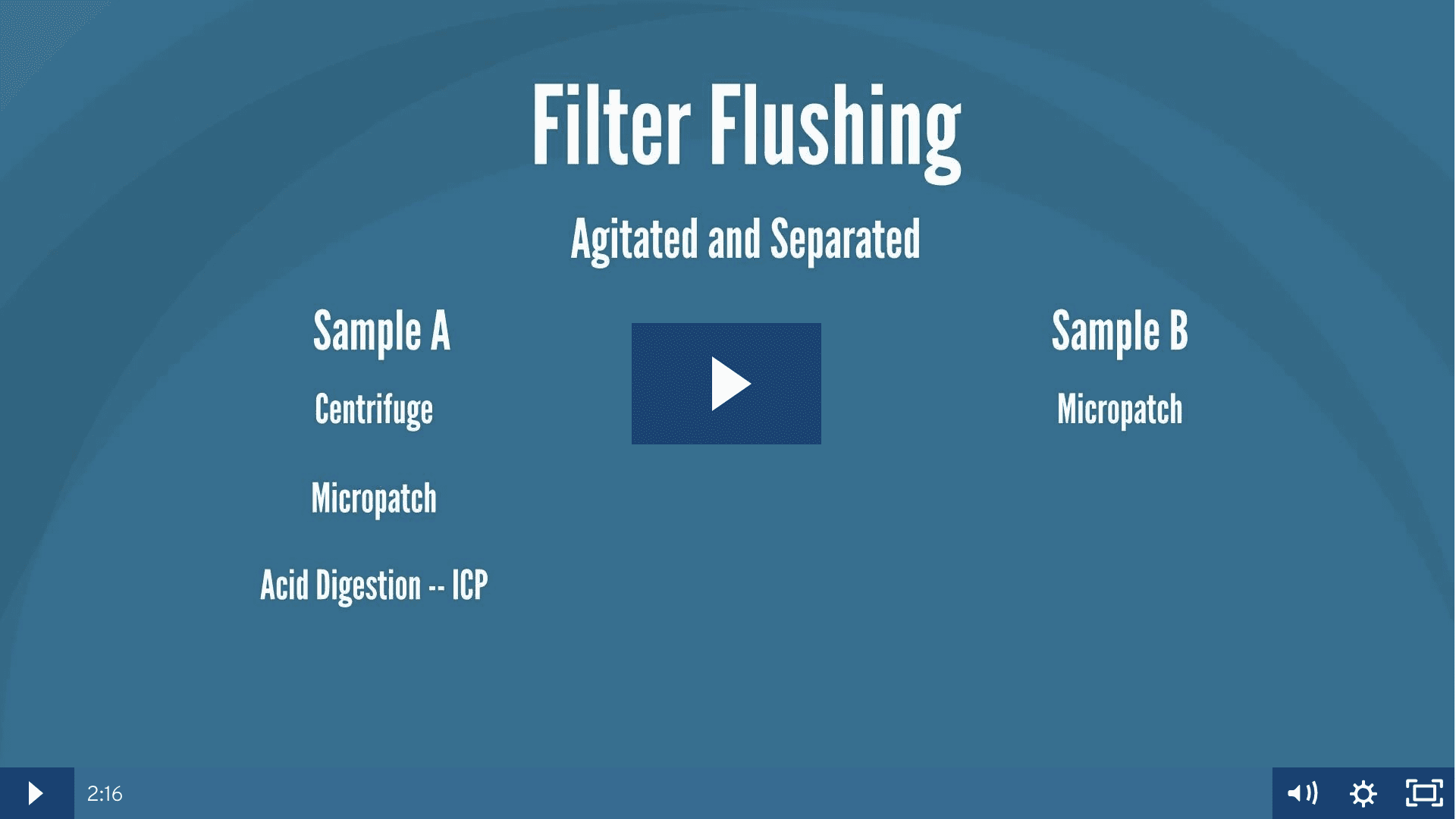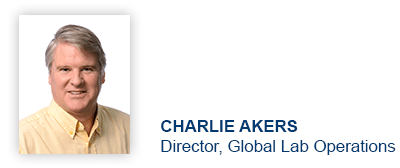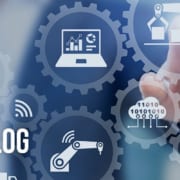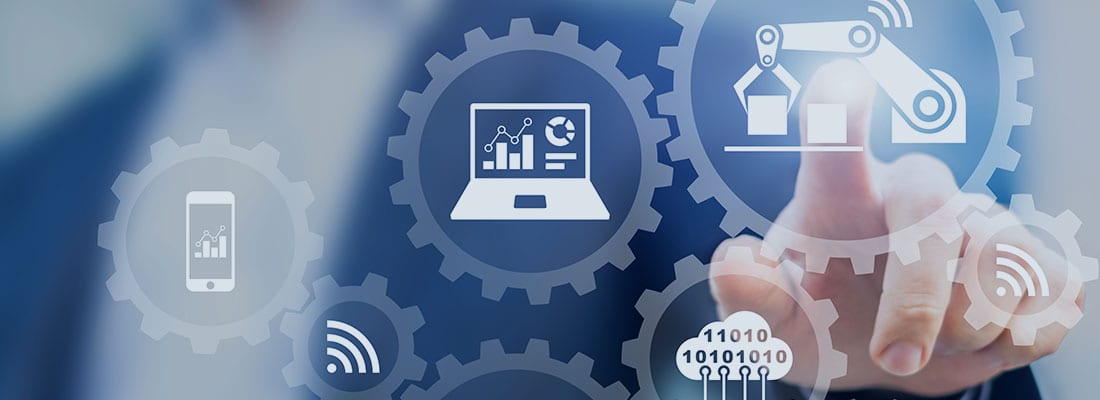Fluid Analysis: Cost vs. Price
Customers and potential customers often ask “what is the cost per sample?” This information is important for purchasing and supply chain reasons, but what is even more important is the savings a well-managed fluid analysis program can bring to any organization. Organizations that associate items with only cost will have little or no Return on Investment (ROI) – whereas those utilizing a complete fluid analysis program with value-added services can see an average ROI of 20:1, with some experiencing levels as high as 45:1.
Where Can You Save More?
Many fluid analysis program decisions are based solely on cost or price per sample as the major factor used to decide a supplier. What is often not considered are some of the unknown costs associated with a fluid analysis program. These include:
- Day-to-day operational coordination to manage the program
- Chance of incorrect or inefficient reporting
- Manual, traditional, handwritten sample submission
It’s important to know these additional costs, how to leverage available solutions and maximize your ROI. Traditional handwritten submission forms can take up to five more minutes than submitting your sample online for via the mobile app or automated submissions from CMMS systems (check out DataConnect).
Take Advantage of Value-Add Services
True savings can only be measured by monitoring the efficiencies that your fluid analysis provider can offer you in your maintenance and reliability programs, and the services they provide integrate and enhance your strategies. POLARIS Laboratories® offers many value-add services included in the sample price – to help you decrease your operational costs.
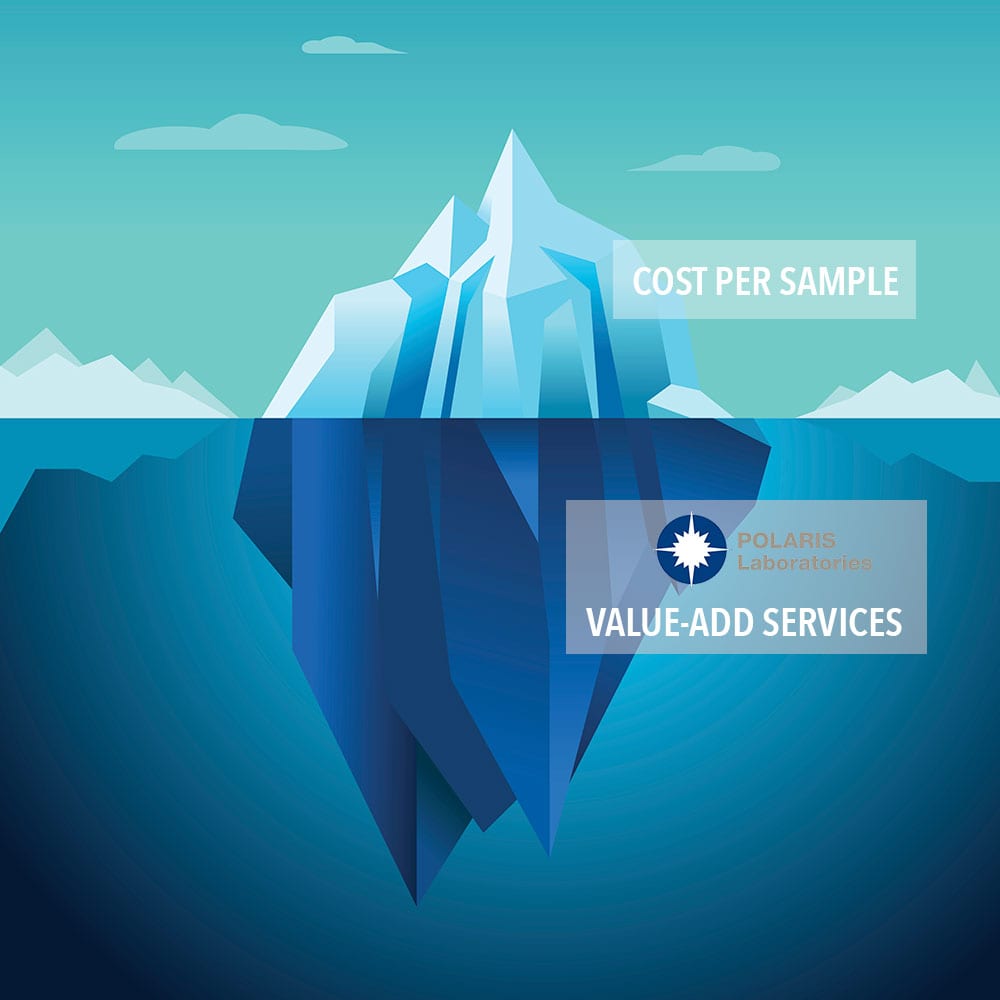
- Documented, transparent turnaround time
- Sample status notifications and online tracking
- Mobile app and online sample submission
- CMMS integration (DataConnect)
- Certified, experienced data analysis team
- Automated, customizable data management reports
- Hierarchical report structure and asset watch

Proven Impact. Proven Uptime. Proven Savings.
Let us prove it to you.



